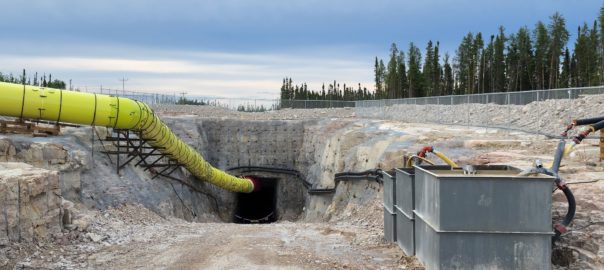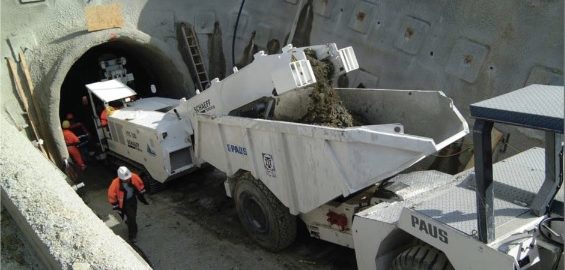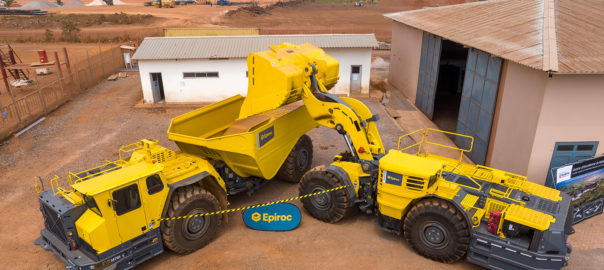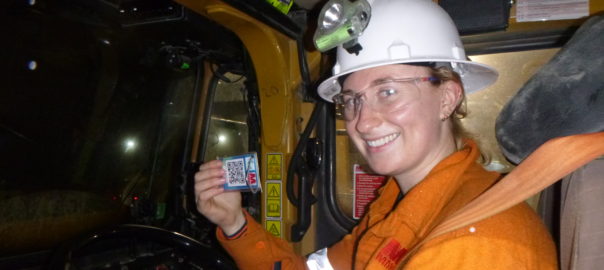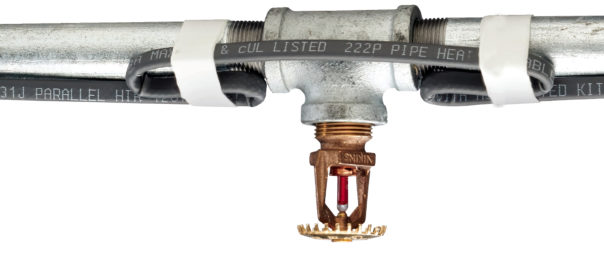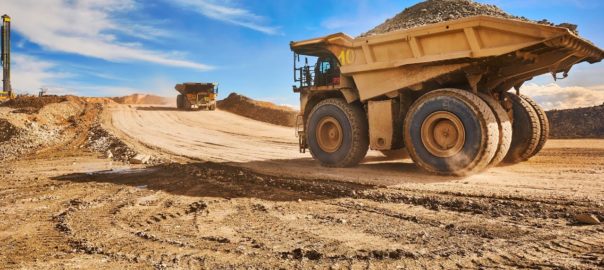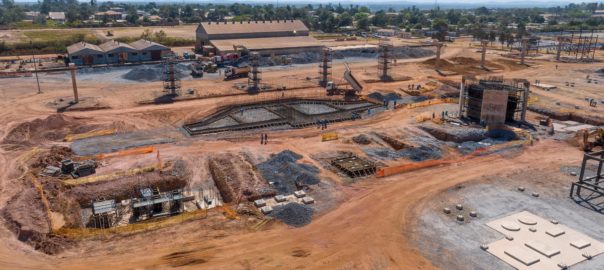The Board of Ok Tedi Mining Limited (OTML) has approved in principle a further mine life extension from 2033 to 2050, marking a significant milestone for OTML, its shareholders and for Papua New Guinea (PNG) in general.
It is also a sign of the confidence the board has in the company’s ability to deliver over the next two decades.
The approval is based on the latest Strategic Business Plan submitted by the Executive Leadership Team and discussed during the OTML Board meeting held in Tabubil on September 13, 2023.
“This extension brings to life OTML’s vision to operate with excellence, maximising the value of the mineral resource in an environmentally friendly way, to deliver sustainable economic and social benefits to the mine communities and the people of PNG,” The company said. “Several factors have enabled the extension including a strengthened long-term copper price outlook, additional mine waste management solutions such as engineered waste rock dumps and a tailings storage facility to minimise impact on the environment, renewal of aged processing plant assets and implementation of other strategic projects that are currently in various stages of completion.”
The Ok Tedi mine is an open-pit copper, gold and silver mine located at Mt. Fubilan in the Western Province of PNG. Up to 240,000 t/d of overburden is mined from a pit covering about 2.6 sq.km. In addition, about 60,000 t/d of ore is mined and delivered to the mill for processing.
Managing Director & Chief Executive Officer, Kedi Ilimbit, said “The approval by the board on the eve of PNG’s 48th Independence anniversary is a welcomed gift to the communities in which we operate and who provide us the social licence to continue, as well as to the people of PNG. The revised mine life will see the company generate in excess of PGK30 billion ($8.25 billion) in dividends, royalties, compensation payments and taxes for the benefit of OTML’s shareholders, communities and Papua New Guinea as a whole over the next 27 years.”









